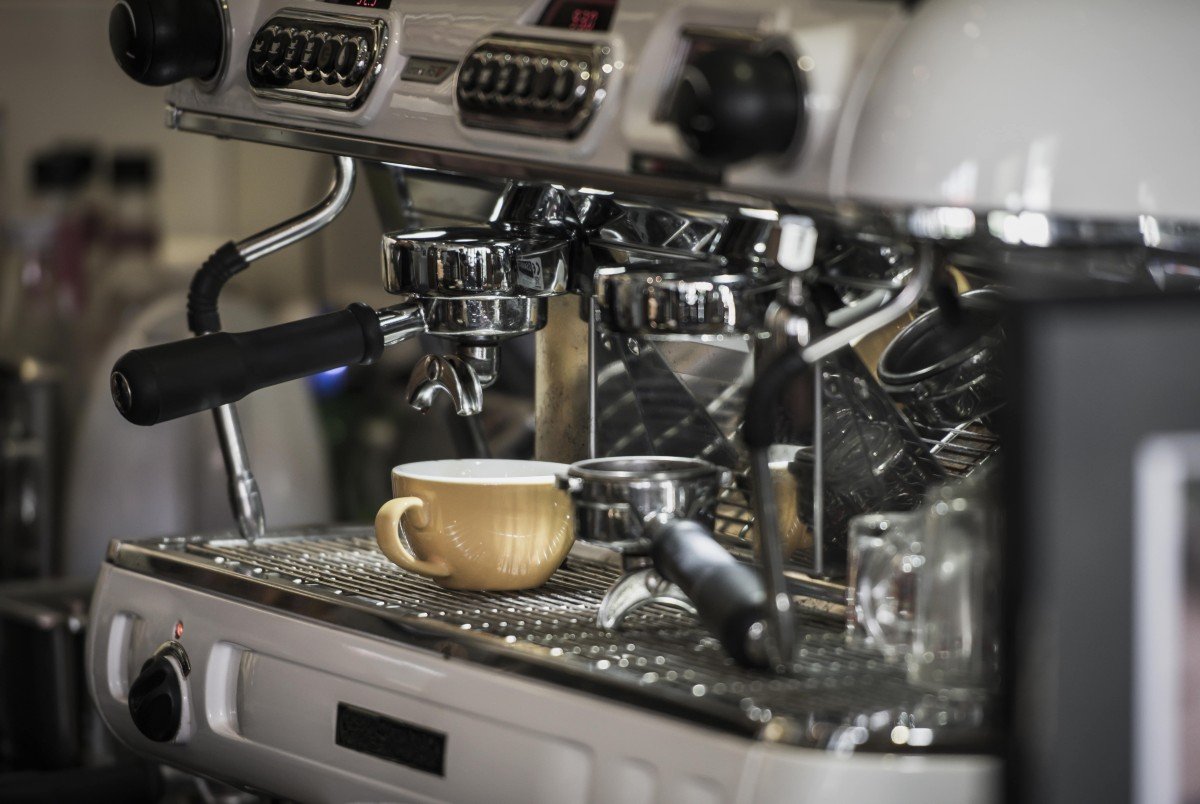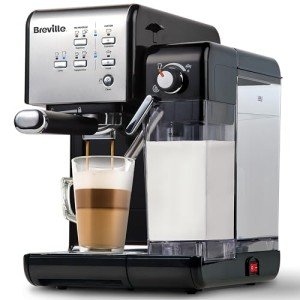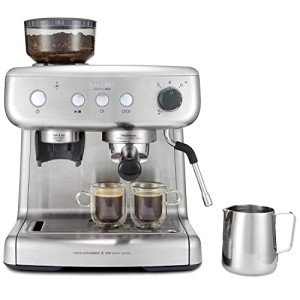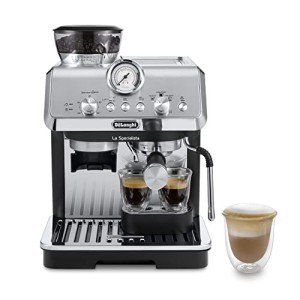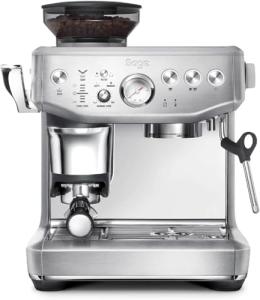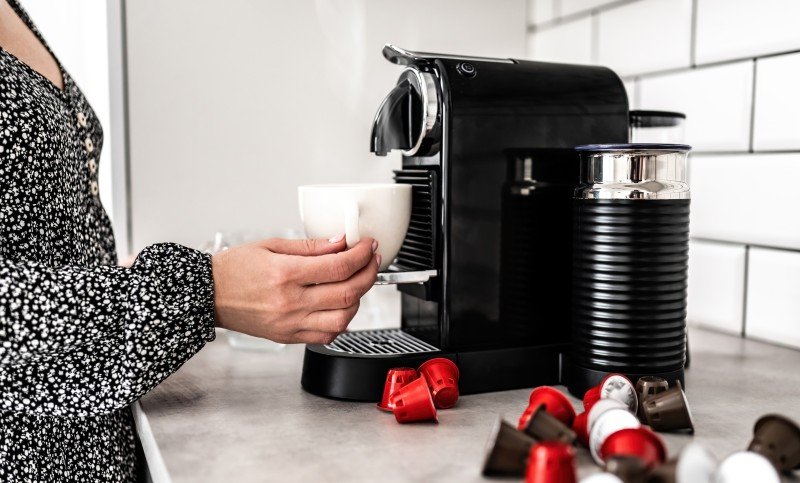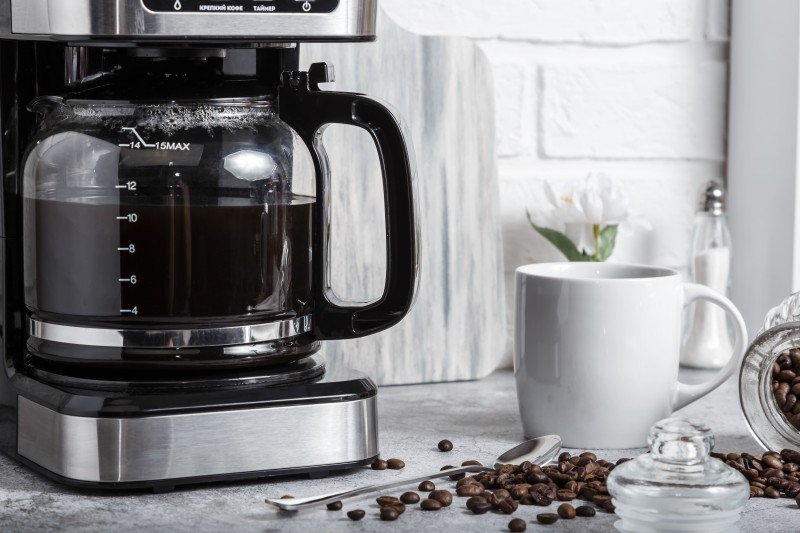Are you a coffee lover looking to take your love for coffee to the next level? If so, then investing in an espresso coffee machine may be the perfect choice for you. In this beginner's guide to espresso coffee machines, we will break down everything you need to know about these machines, from how they work to how to brew the perfect espresso. Whether you're a complete novice or a seasoned coffee aficionado, this guide will help you navigate the world of espresso coffee machines with ease.
What is an Espresso Coffee Machine?
An espresso coffee machine is a specialized coffee machine that is designed to brew strong, concentrated coffee known as espresso. Unlike regular coffee makers, espresso machines use pressure to force hot water through finely-ground coffee beans, producing a rich and flavorful shot of espresso. Espresso coffee machines come in various types, from manual to fully automatic, each offering different levels of control and convenience.
Types of Espresso Coffee Machines
There are several types of espresso coffee machines available on the market, each offering unique features and benefits. The common types include:
- Manual Espresso Machines: These machines require the user to manually grind the coffee beans, tamp the grounds, and control the water flow to brew the espresso.
- Semi-Automatic Espresso Machines: Semi-automatic machines automate the water pressure, but the user still controls the grind size, tamping pressure, and extraction time.
- Automatic Espresso Machines: Automatic machines dose and brew the espresso at the touch of a button, making them ideal for those who want convenience without sacrificing quality.
- Super-Automatic Espresso Machines: These machines handle everything from grinding the beans to frothing milk, making them the most convenient option for espresso lovers.
How Do Espresso Coffee Machines Work?
Espresso coffee machines work by forcing hot water through a compacted puck of finely-ground coffee beans at high pressure. The water extracts the flavors and oils from the coffee grounds, resulting in a small but potent shot of espresso. The key components of an espresso machine include a boiler, pump, portafilter, and group head. When the machine is turned on, the water is heated in the boiler and then pushed through the coffee grounds in the portafilter using the pump, creating the signature crema on top of the espresso.
Benefits of Using an Espresso Coffee Machine
There are several benefits to using an espresso coffee machine, including:
- Quality: Espresso machines produce high-quality coffee with a rich flavor and velvety texture.
- Control: With an espresso machine, you have full control over the brewing process, allowing you to customize your espresso to your liking.
- Variety: Espresso machines can brew a variety of coffee drinks, from espressos and lattes to cappuccinos and macchiatos.
- Convenience: Automatic and super-automatic espresso machines make it easy to brew a perfect cup of espresso with minimal effort.
Choosing the Right Espresso Coffee Machine
When choosing an espresso coffee machine, consider the following factors:
- Budget: Decide how much you are willing to spend on an espresso machine, as prices can vary widely.
- Type: Choose the type of espresso machine that best suits your preferences and brewing style.
- Features: Look for machines with features such as a built-in grinder, milk frother, and programmable settings.
- Size: Consider the size of the machine and ensure it fits in your kitchen space.
- Brand: Research different espresso machine brands and read reviews to find a reputable and reliable manufacturer.
Setting Up Your Espresso Coffee Machine
Once you have chosen your espresso coffee machine, it's time to set it up for brewing. Follow these steps to set up your machine:
- Read the Manual: Familiarize yourself with the user manual to understand how your specific machine operates.
- Prime the Machine: Fill the water reservoir, turn on the machine, and allow it to heat up before brewing.
- Adjust Settings: Adjust the grind size, dose, and water temperature according to your preferences.
- Preheat the Portafilter: Run hot water through the portafilter to preheat it and ensure even extraction.
- Flush the Group Head: Run a shot of water through the group head to clean and heat it before brewing espresso.
Brewing the Perfect Espresso
Brewing the perfect espresso requires precision and attention to detail. Follow these steps to make a delicious shot of espresso:
- Grind the Coffee: Use a high-quality burr grinder to grind fresh coffee beans to a fine consistency.
- Tamp the Grounds: Fill the portafilter with coffee grounds, tamp them down evenly, and polish the surface for a level bed.
- Brew the Espresso: Lock the portafilter into the group head, start the brewing process, and monitor the extraction time and volume.
- Assess the Shot: Look for the "golden tiger striping" in the crema, which indicates a well-extracted espresso.
- Adjust as Needed: If the shot is too fast or too slow, adjust the grind size, dose, or tamp pressure accordingly.
Frothing Milk for Lattes and Cappuccinos
One of the joys of owning an espresso machine is the ability to froth milk for lattes, cappuccinos, and other specialty drinks. Follow these steps to froth milk like a pro:
- Choose the Right Milk: Use cold, fresh milk with a higher fat content for the best frothing results.
- Fill the Pitcher: Fill a stainless steel milk pitcher one-third full with cold milk to allow room for expansion.
- Purge the Steam Wand: Release any residual water from the steam wand by briefly opening the steam valve.
- Steam the Milk: Position the steam wand just below the surface of the milk, create a whirlpool motion, and heat the milk to the desired temperature.
- Texture the Milk: For latte milk, create a smooth, velvety texture, and for cappuccino milk, aerate the milk for a thick, creamy foam.
Cleaning and Maintaining Your Espresso Coffee Machine
Proper cleaning and maintenance are essential for keeping your espresso machine in top condition. Follow these tips to clean and maintain your machine:
- Daily Cleaning: Wipe down the steam wand, portafilter, and drip tray after each use to prevent buildup.
- Weekly Cleaning: Backflush the machine with water and a cleaning tablet to remove coffee oils and residues.
- Monthly Cleaning: Descale the machine to remove mineral deposits and ensure optimal performance.
- Replace Parts: Regularly replace the water filter, gaskets, and other worn-out parts to prevent leaks and malfunctions.
- Professional Servicing: Schedule periodic servicing by a professional to inspect and repair any internal components.
Troubleshooting Common Issues
Espresso machines can sometimes encounter issues that affect performance. Here are some common problems and solutions:
- No Crema: Ensure the coffee beans are fresh, the grind size is correct, and the coffee is tamped evenly.
- Weak Espresso: Adjust the grind size to make it finer, increase the dose of coffee, and check the water temperature.
- Leaking Portafilter: Replace the portafilter gasket or check for cracks in the portafilter itself.
- Steam Wand Not Working: Clean the steam wand thoroughly to remove any milk residue or mineral buildup.
- Machine Not Heating Up: Check the power source, reset the circuit breaker, and ensure the machine is plugged in properly.
Frequently Asked Questions (FAQs)
1. Can I use regular coffee beans in an espresso machine?
Yes, you can use regular coffee beans in an espresso machine, but for the best results, use espresso-specific beans that are finely ground and fresh.
2. How long does it take to froth milk with an espresso machine?
Frothing milk with an espresso machine typically takes 1-2 minutes, depending on the desired temperature and texture of the frothed milk.
3. Do I need to descale my espresso machine regularly?
Yes, it is recommended to descale your espresso machine every 1-3 months, depending on the hardness of your water and frequency of use.
4. Can I make other coffee drinks besides espresso with an espresso machine?
Yes, you can make a variety of coffee drinks, including lattes, cappuccinos, macchiatos, and Americanos, using an espresso machine.
5. How often should I clean my espresso machine?
It is best to clean your espresso machine daily by wiping down surfaces and backflushing weekly to ensure optimal performance and flavor.
6. How long does it take to brew a shot of espresso?
Brewing a shot of espresso typically takes 20-30 seconds, including the time it takes to grind, tamp, and extract the espresso.
Investing in an espresso coffee machine is a great way to elevate your coffee experience and enjoy high-quality espresso drinks from the comfort of your home. By following this beginner's guide to espresso coffee machines, you will be well-equipped to choose the right machine, set it up properly, brew delicious espresso, froth milk like a pro, and keep your machine clean and well-maintained. Whether you're a novice or an experienced coffee enthusiast, an espresso machine is a must-have appliance for any coffee lover. So go ahead, explore the world of espresso coffee machines, and start brewing your favorite coffee drinks today!
